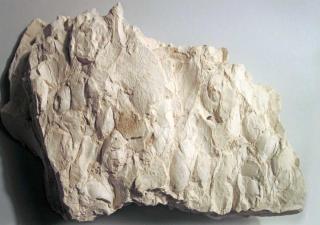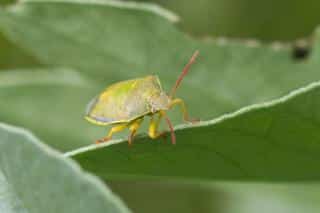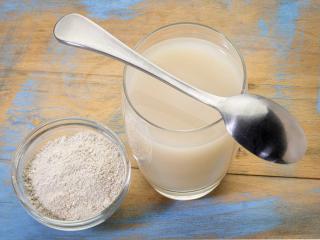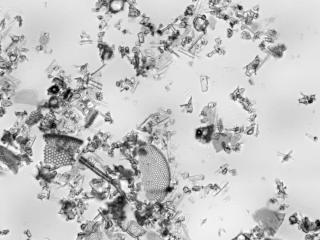

Diatomaceous earth is a completely natural product that can assist you in growing beautiful, healthy gardens. There are many uses of diatomaceous earth in the garden.Diatomaceous earth, also called diatomite or kieselguhr, is a sediment made up primarily of diatom skeletons. This type of soil has many uses and is incredibly helpful in gardening.
 Since it’s basically just crushed rock, it’s very common and easy to harvest for industrial and personal use. Diatoms are mined and crushed to produce a powder resembling talc. Diatomaceous earth has numerous applications in extremely diverse fields. Here’s how to use it in your garden.
Since it’s basically just crushed rock, it’s very common and easy to harvest for industrial and personal use. Diatoms are mined and crushed to produce a powder resembling talc. Diatomaceous earth has numerous applications in extremely diverse fields. Here’s how to use it in your garden.

Diatomaceous earth shows up in products sold in stores as pesticides against fleas or ticks in the grass.
The first pesticide products containing silicon dioxide (another scientific name for diatomaceous earth) was approved in 1960 to kill insects and mites.
Products with diatomaceous earth are most often powders. But other options include water-based pastes and pressurized liquids.
As with any pesticide, make sure to read the label carefully and follow the instructions.
In the garden, you can apply diatomaceous earth as a powder with a powder applicator. For instance, a simple flour sieve works great!
 Another excellent way to apply the product is in a wettable form. Mixing the powder with water avoids the problem of dust particles in the air. When the water dries off, the powder becomes active.
Another excellent way to apply the product is in a wettable form. Mixing the powder with water avoids the problem of dust particles in the air. When the water dries off, the powder becomes active.Diatomaceous earth is an amazing product, you’ll quickly see amazing results as you care for your garden and houseplants!

As such, it also poses a danger to beneficial insects, so use it sparingly.
If inhaled, diatomaceous earth can irritate nose, nasal passages, and airways. If a very large amount is inhaled, people may cough and become short of breath. On skin, it can cause irritation and dryness. Diatomaceous earth can also irritate eyes due to its abrasive nature. In fact, any dust, including silica, can irritate eyes.